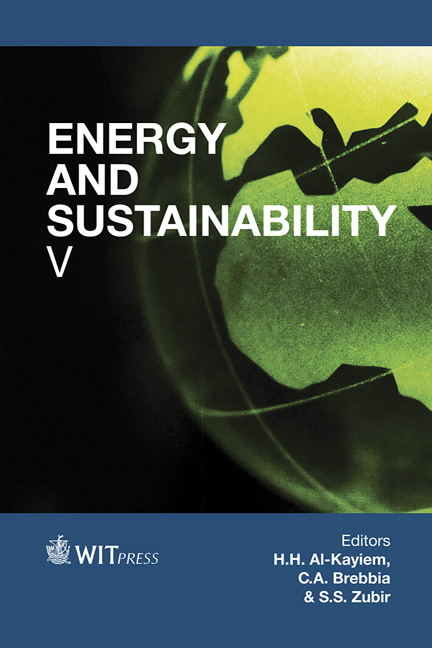Increasing The Selectivity Of The Hydrocarbon Feedstock Pyrolysis
Price
Free (open access)
Transaction
Volume
186
Pages
6
Page Range
529 - 534
Published
2015
Size
367 kb
Paper DOI
10.2495/ESUS140461
Copyright
WIT Press
Author(s)
E. Magaril, R. Magaril
Abstract
The process of hydrocarbon feedstock pyrolysis is the principal method used to produce ethylene which is a primary product utilized in the fabrication of plastic materials, synthetic resins, fibers and other similar products. The current level of process capacity and the necessity to steadily increase the petrochemical industry’s potential make the problem of improving the efficiency of the process an urgent one.
The aim of the present work in terms of the pyrolysis mechanism analysis is to develop a method of increasing the pyrolysis selectivity for ethylene with minimal hydrogen consumption.
It was shown on the base of established relative reactivity of different type C–H bonds in the reactions of interaction with H atoms and CH3 radicals, that the selectivity of the hydrogen atoms and methyl radicals in the substitution reactions at high temperatures are notably different. This makes possible a new method of controlling the selectivity of ethylene formation based solely on the influence of the concentration ratio of the chain carrier radicals [H]:[CH3] in the reaction mixture on the reaction output irrespective of changes in temperature, pressure and contact time. The minimum amount of hydrogen required to produce the desired effect was estimated.
Keywords
pyrolysis, homogeneous catalysis, process selectivity, ethylene





